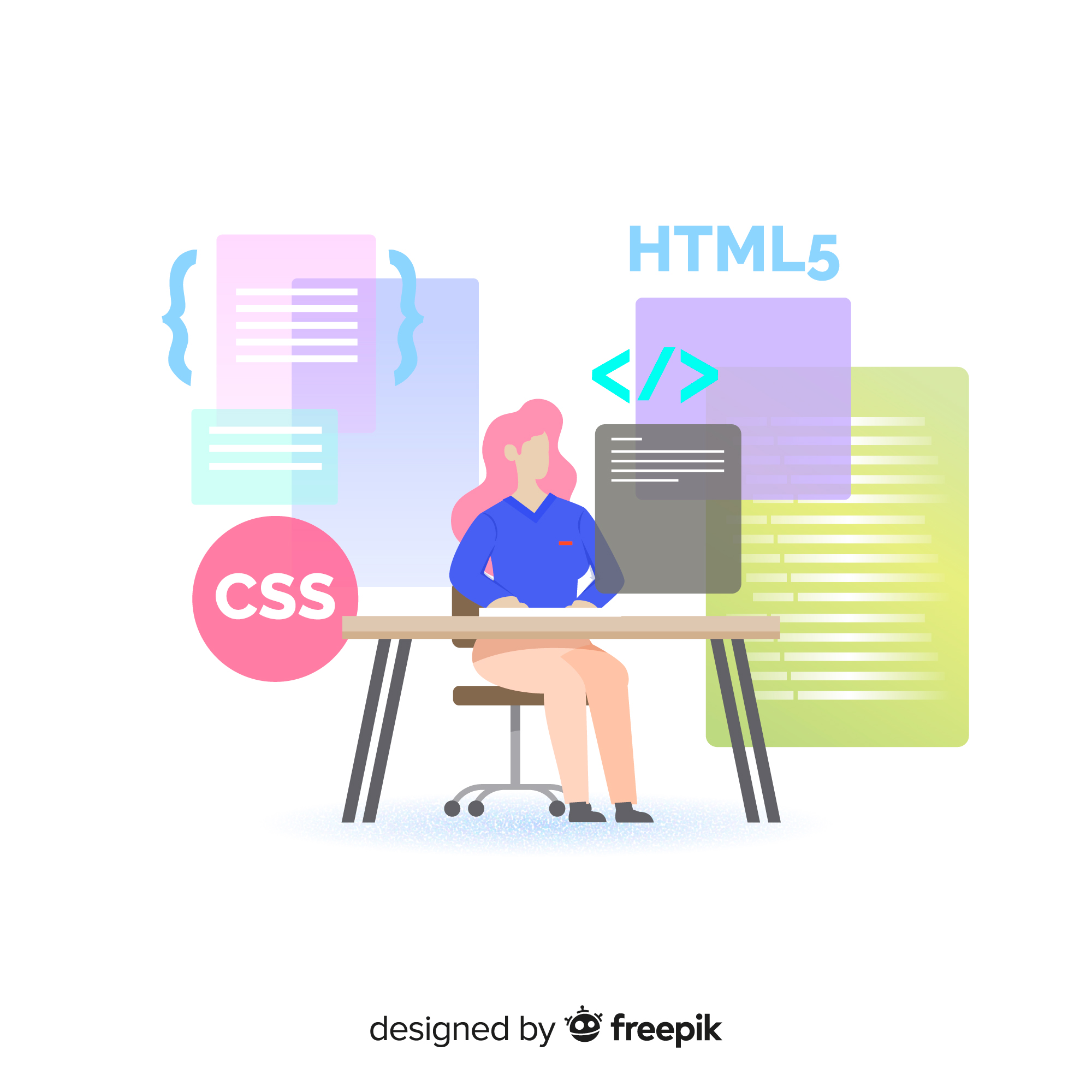Essential Skills You Need Before Diving into Full Stack Development




Embarking on a full-stack development course is an exciting journey for anyone passionate about web development. Full-stack developers are like architects of the digital world, working on both the front-end (the part users interact with) and the back-end (the server-side logic, databases, and architecture that power the application). With the tech industry's demand for skilled full-stack developers at an all-time high, it's no surprise that many aspiring developers want to dive into this field.
However, before jumping into a course on full-stack development, there are certain foundational skills and knowledge areas that you should have to ensure success in your learning journey. This blog outlines the key pre-requisites you need to be aware of before starting a full-stack development course.
Before you dive into the complexities of full-stack development, it's essential to have a solid grasp of basic programming concepts. These concepts will help you understand how both the front-end and back-end work. Key programming concepts include:
For most beginners, a language like JavaScript or Python is a good starting point as they are versatile, beginner-friendly, and widely used in full-stack development.
HTML (HyperText Markup Language) and CSS (Cascading Style Sheets) form the backbone of front-end web development. To become a proficient full-stack developer, you need to know how to structure a webpage and apply styles to make it look appealing.
HTML: The building blocks of the web. You should be able to create headings, paragraphs, forms, tables, and links using HTML tags. Understanding the HTML DOM (Document Object Model) is crucial for dynamic web content.
CSS: CSS is used to control the layout and style of your web pages. Key concepts include working with selectors, margins, padding, flexbox, and grid layouts. Knowing how to create responsive designs with media queries is also essential.
Tip: There are many free resources available for learning HTML and CSS, including websites like MDN Web Docs and freeCodeCamp.
One of the first tools that any developer should become familiar with is Git, a version control system used to track changes in code over time. Full-stack developers often collaborate in teams, and knowing how to use Git ensures that you can manage and share code efficiently.
Tip: Version control is a must-have skill for both personal and team projects. It's worth investing some time in learning Git well.
Full-stack development involves working with databases to store and retrieve data. You'll need to be familiar with the basics of databases, including:
Relational Databases: Learn about SQL (Structured Query Language) and how to interact with relational databases like MySQL or PostgreSQL. You'll need to know how to create, read, update, and delete records (CRUD operations).
NoSQL Databases: Understanding the differences between relational databases and NoSQL databases like MongoDB is also important. These databases store data in a more flexible, schema-less format.
Tip: Knowing how to design efficient databases and optimize queries can significantly improve your back-end development skills.
JavaScript is the lifeblood of full-stack development. It's essential not only for front-end development (e.g., building interactive UIs) but also for back-end development (e.g., with Node.js). You should have a good understanding of the following:
Tip: There are many great online tutorials to help you master JavaScript, such as JavaScript.info and Eloquent JavaScript.
Though many modern IDEs (Integrated Development Environments) have graphical user interfaces (GUIs), understanding how to navigate the command line (terminal) is critical for any full-stack developer. You'll use it for:
Getting comfortable with basic commands like cd, ls, mkdir, and touch will help you navigate development environments efficiently.
As a full-stack developer, you will need to work with APIs (Application Programming Interfaces) to send and receive data between the client and server. Understanding how HTTP/HTTPS requests work is crucial.
Tip: Tools like Postman can help you test and interact with APIs.
While not mandatory at the very start, having a basic understanding of front-end JavaScript frameworks like React, Angular, or Vue.js can be very beneficial. These tools can make your front-end development faster, more modular, and maintainable. They allow you to build interactive user interfaces with reusable components.
Tip: Many full-stack development courses teach React, but getting familiar with its core concepts like state management, hooks, and component-based architecture will give you a head start.
The ability to break down problems and approach them logically is one of the most important skills for any developer. Full-stack development involves solving complex challenges, whether it's figuring out the most efficient way to query a database or designing a scalable architecture for your application.
Practicing coding problems on platforms like LeetCode, HackerRank, or Codewars will sharpen your problem-solving and algorithm skills, which are crucial for back-end development.
Starting a full-stack development course can be incredibly rewarding, but it's essential to have a solid foundation in several key areas. With a basic understanding of programming concepts, HTML/CSS, databases, JavaScript, and version control, you'll be well-equipped to tackle the challenges ahead.
Remember, full-stack development is a continuously evolving field, and being patient with the learning process is key. The best developers are those who are constantly learning, experimenting, and refining their skills. So, take the time to build your foundation before diving in, and you'll set yourself up for success on your full-stack development journey.
Good luck, and happy coding!